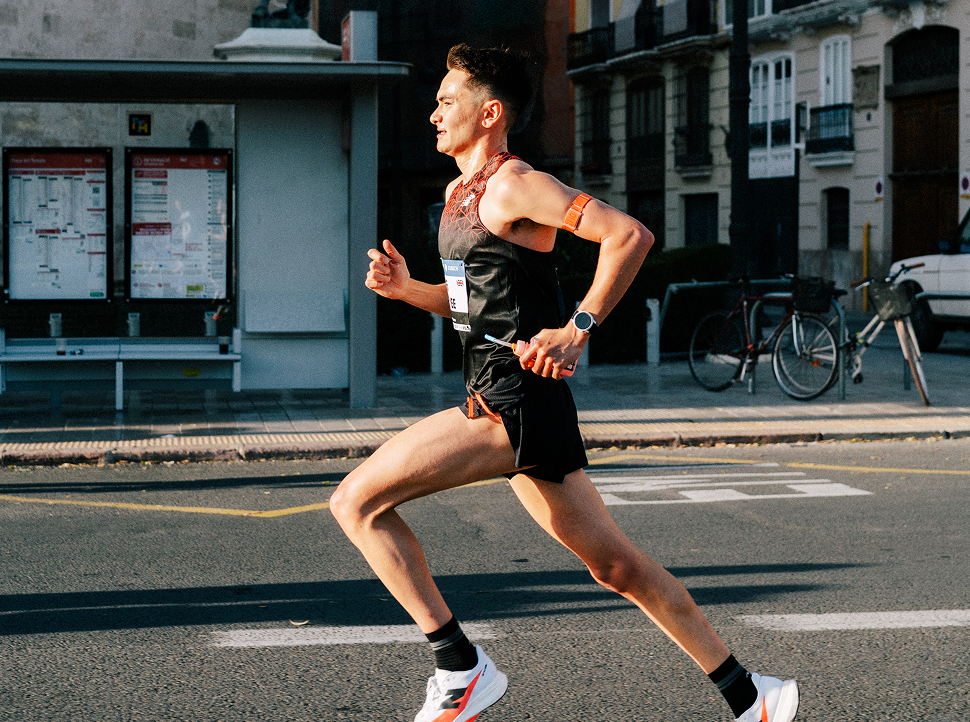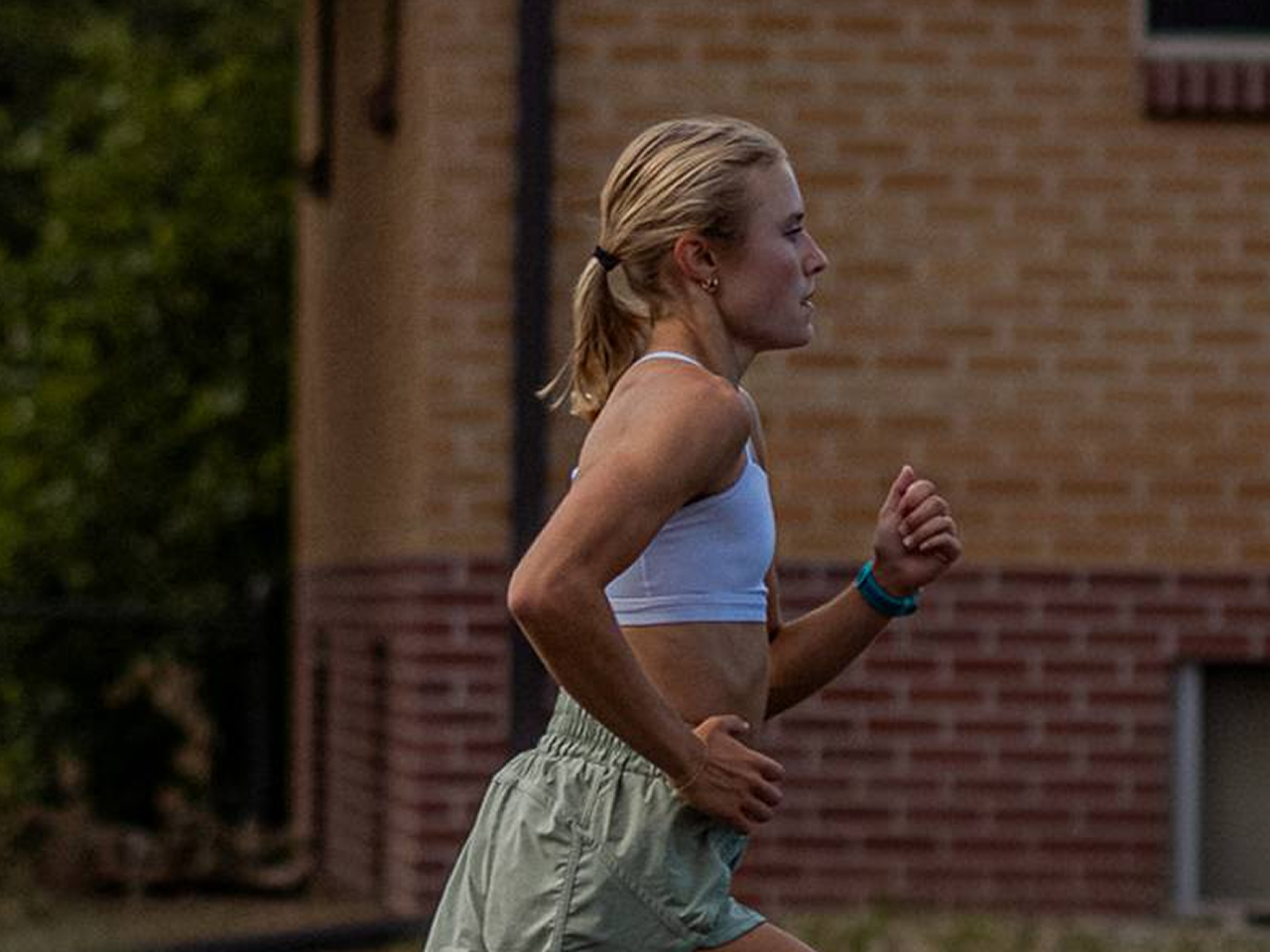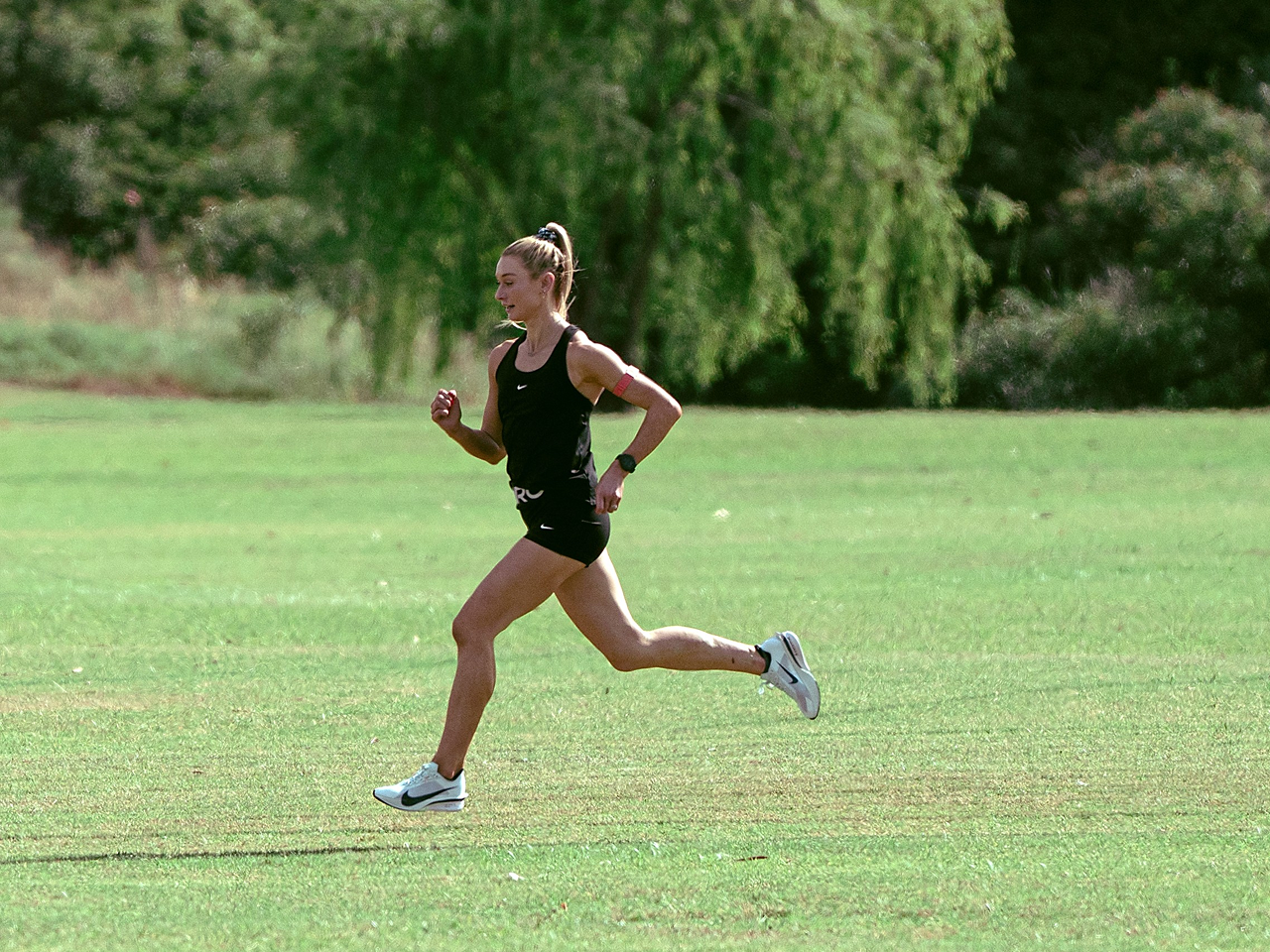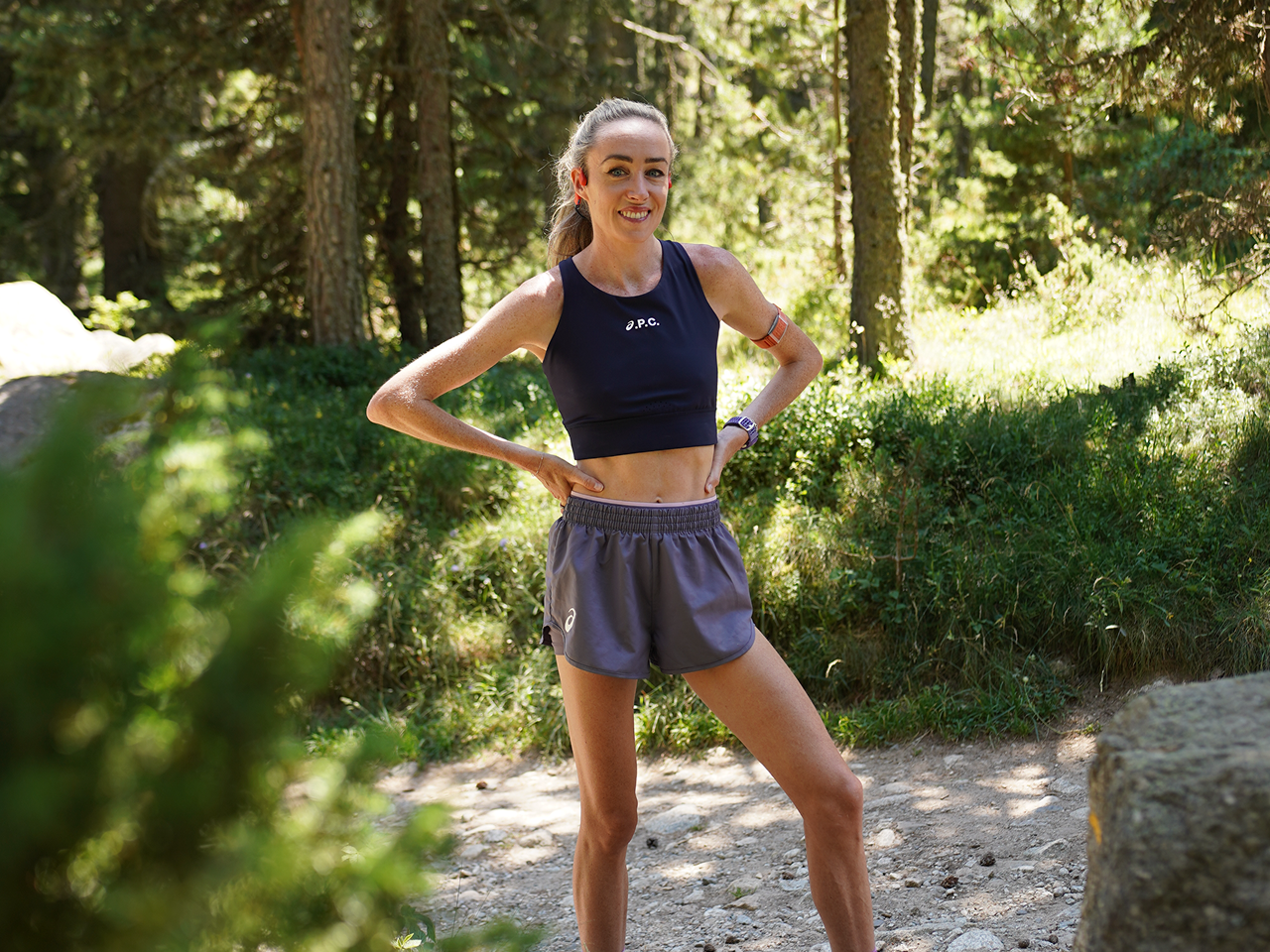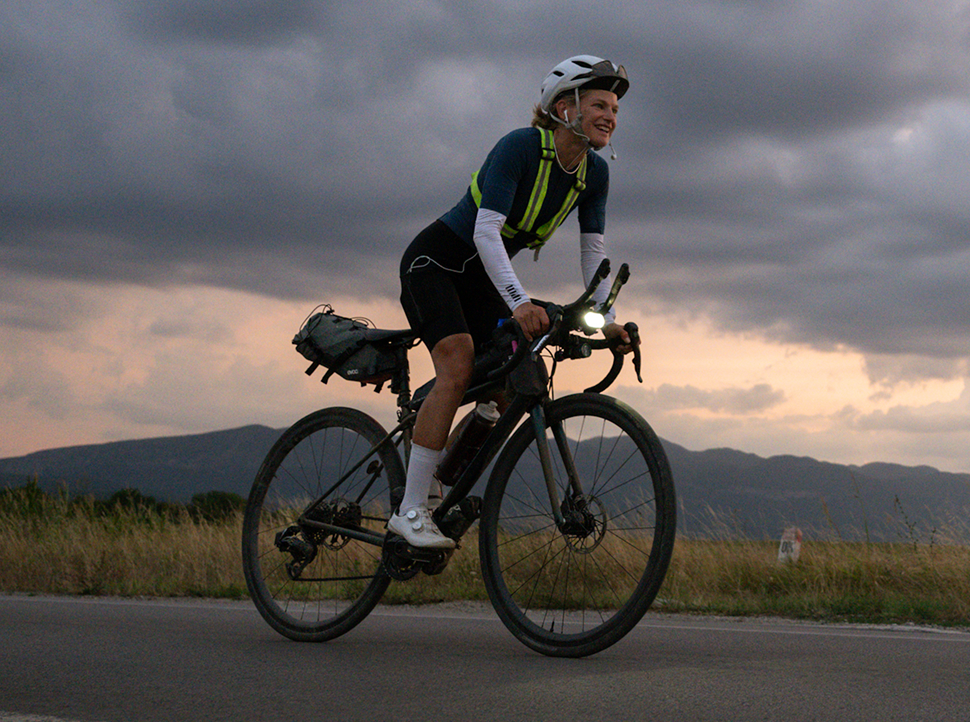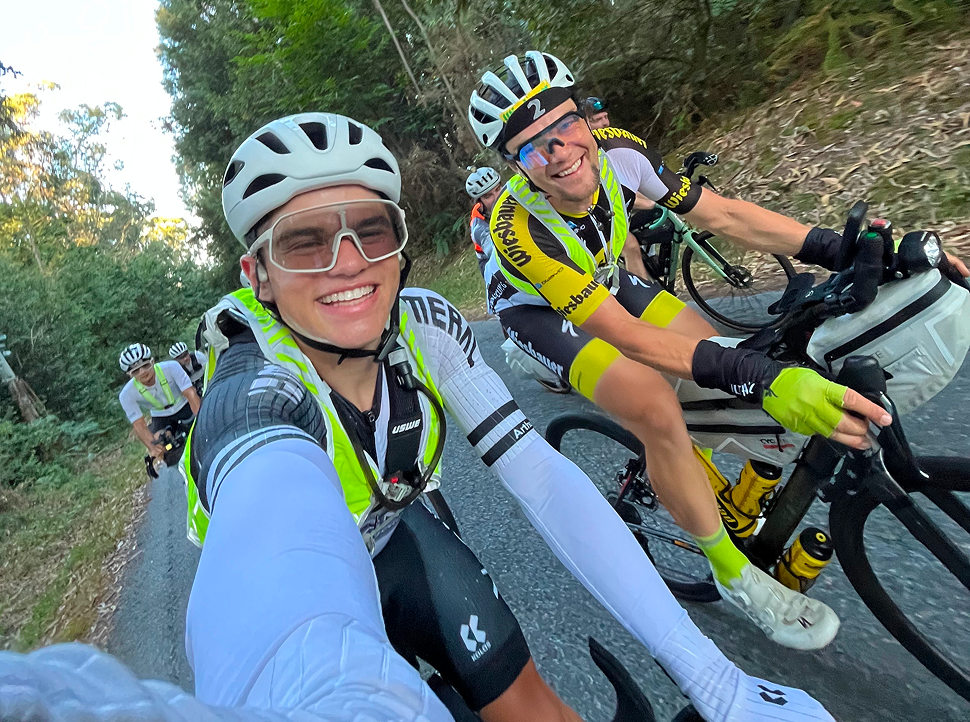Majtie Kolberg is no stranger to the podium—but her recent indoor season marks a turning point. The German middle-distance runner claimed her first national title in the 1500m and competed at the European Indoor Championships in the 800m. Behind her success is a shift in philosophy: smarter training, new coaching, and deeper integration of performance data using COROS.
Majtie's COROS Product Choices:
A New Environment, A New Approach
After the 2024 Olympic season, Kolberg’s coach retired, prompting a change in her training setup. She joined a new training group in October and immediately committed to a series of altitude training camps—something she had only sparingly done before.
“Before, I’d maybe go to altitude once or twice a year,” she explains. “But not like this chain of altitude camps, hopping every second month to go up. It is very good to see that my body reacts to it quite well.”
Kolberg’s training now includes a stronger aerobic base, consistent VO2 max work, and strategically-timed high-intensity sessions—especially during her January block in Potchefstroom, South Africa. This shift allows her to build endurance without sacrificing speed, crucial for an athlete focused on the 800m and 1500m.
Training by the Numbers
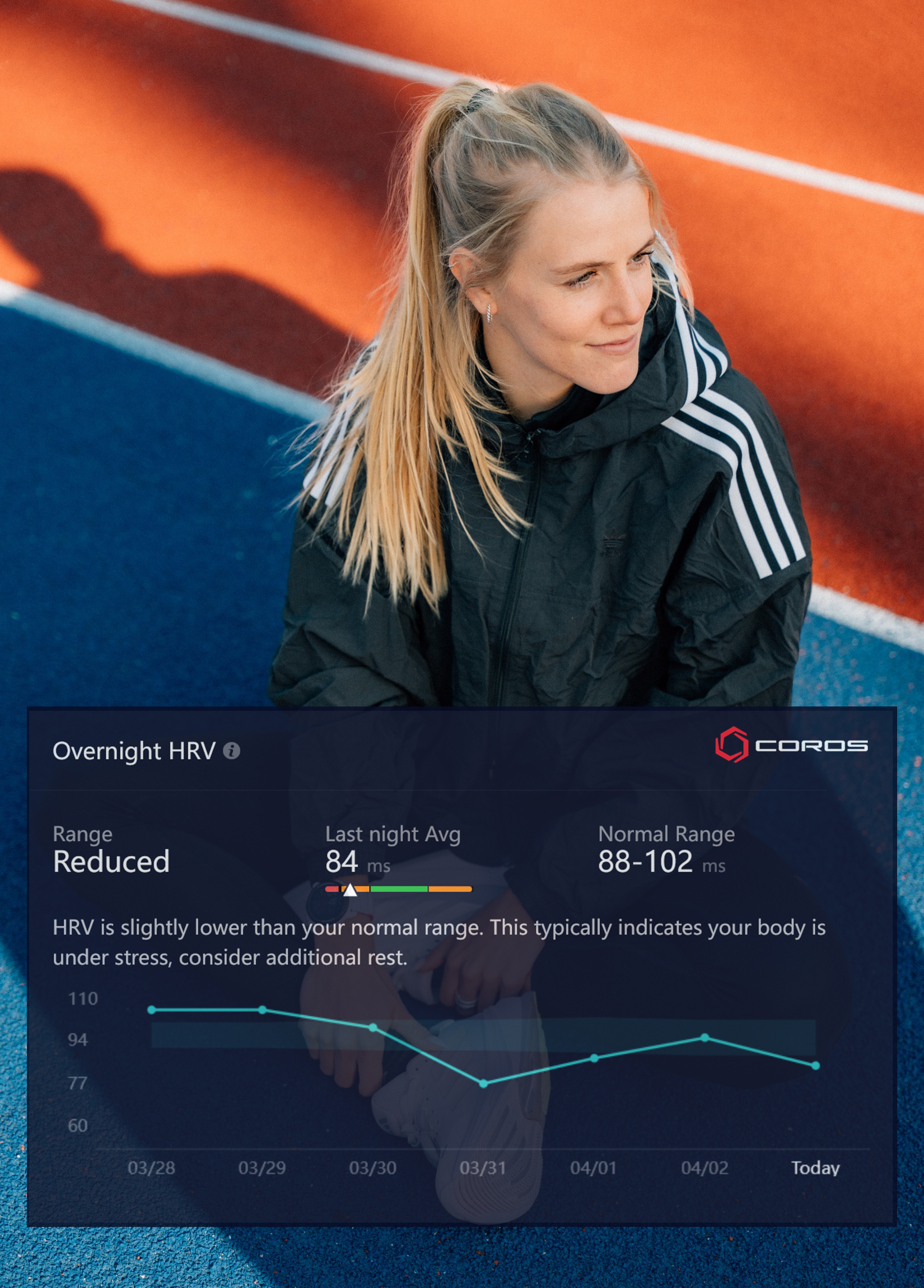
Kolberg’s watch doesn’t just record the time—it informs the decisions she and her coach make daily. During camps, she monitored her Heart Rate Variability (HRV) and sleep quality closely, adjusting her workload as needed.
“There were a few times my HRV stayed low for three or four days in a row,” she says. “That's where we said 'Okay, let's wait one more day to get back into hard training'. And it worked!”
Her COROS watch also played a role in guiding intensity—and avoiding overreaching. During threshold and tempo sessions, she tracks her heart rate during and between reps as a supplement to testing her blood-lactate levels.
Using Indoor Season to Test New Training
Kolberg’s indoor campaign, although very successful, wasn’t about peaking—it was about testing.
“We saw indoors more as a pit stop for outdoors, just to have some competitions and test the new training” she says. Still, she posted impressive results:
- 2:00.53 at Erfurt (Indoor PB)
- 2:00.84 in Karlsruhe
- 4:13.65 to win the German Indoor 1500m title
These races validated the new approach—and hinted at what’s possible in the outdoor season ahead.
Looking Ahead to Outdoors
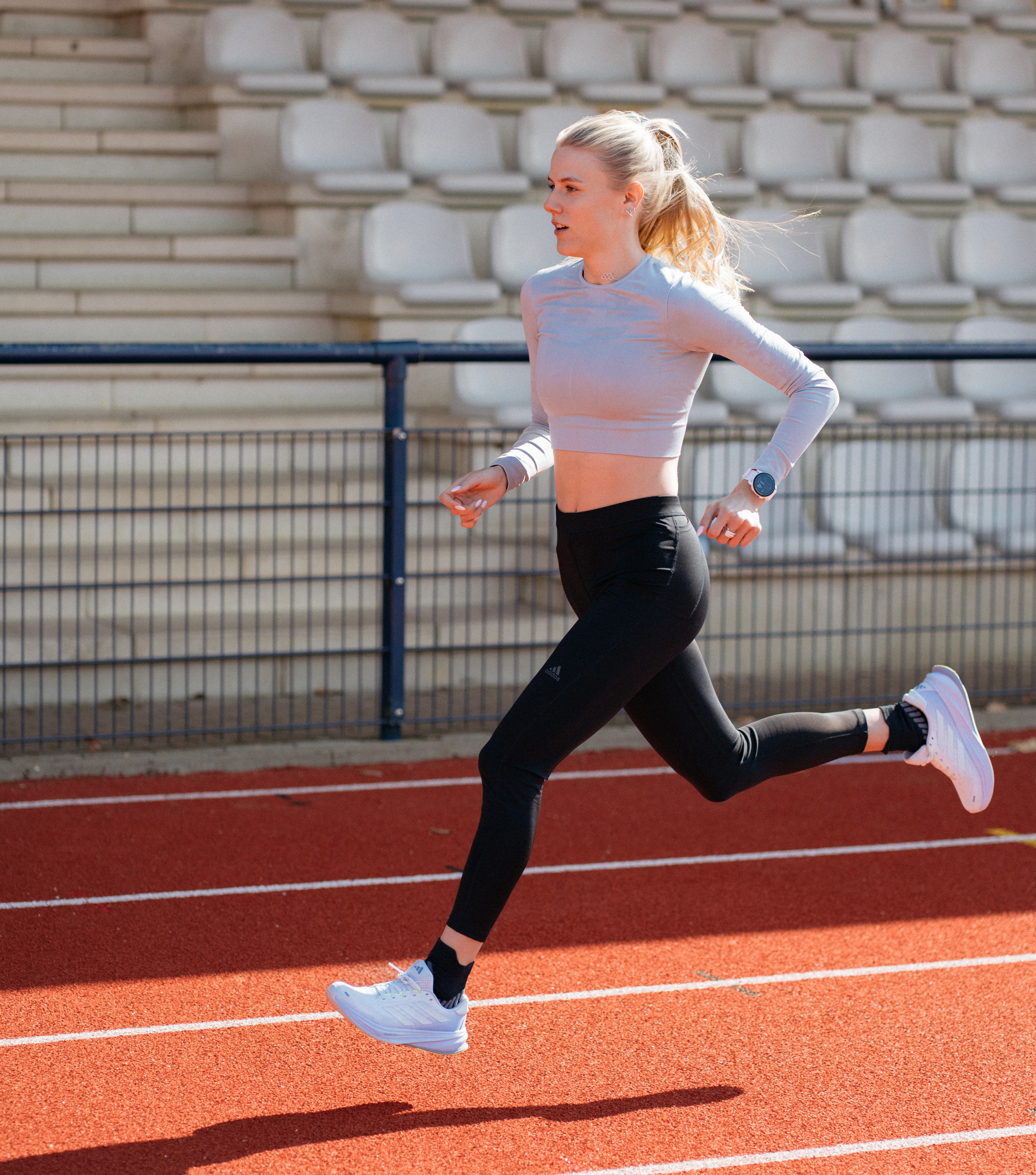
With the World Championships set for September, Kolberg is pacing her build deliberately. She’ll return to altitude again in May before opening her outdoor season in Zagreb, Croatia.
“We have more time to prepare for the height of the season which is in September,” she says. “So we will wait a little longer to add lactate sessions. I think it might be smart to improve the endurance part so I can survive until September.”
This long-term view, paired with real-time data from her COROS watch, helps Kolberg—and her coach—navigate the balance between intensity and adaptation.
What Athletes Can Learn from Majtie’s Journey
Kolberg’s season offers lessons for every runner:
- Use HRV and sleep data to guide recovery, especially during heavy training or times off.
- Don’t abandon aerobic work during race season; it’s the foundation for peak performance.
- Train to your strengths. If your body responds well to a specific type of workout, like VO2 max or threshold work, build around it.
- Treat early-season races as checkpoints, not the final exam. Use them to assess progress, not to prove your fitness.
With the right tools, and a smart approach, you can build a training plan that not only works—but evolves with you.

/filters:quality(90)/fit-in/970x750/coros-web-faq/upload/images/5b629d773500632a7435f534063b2116.jpg)
